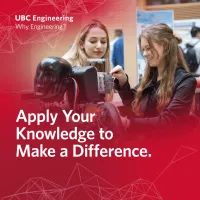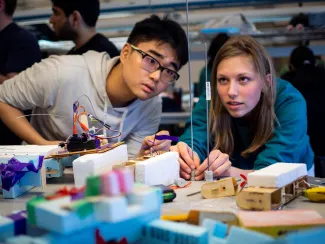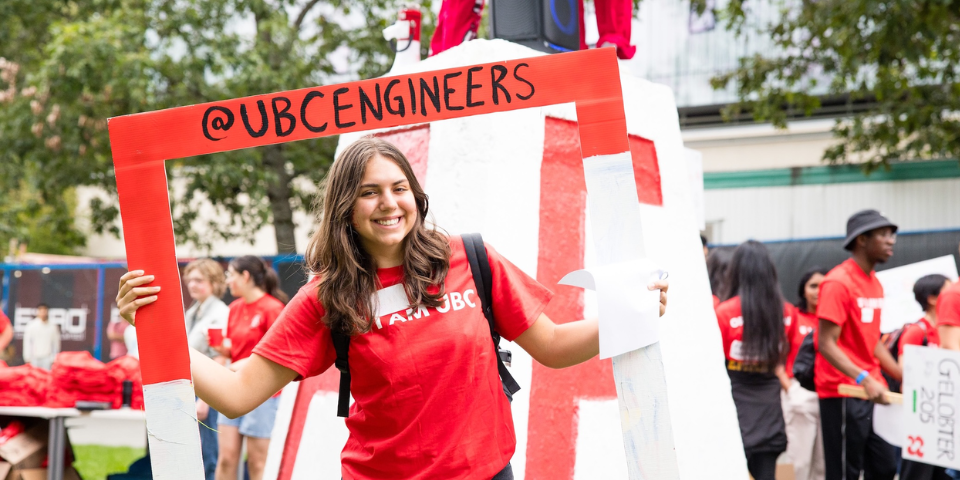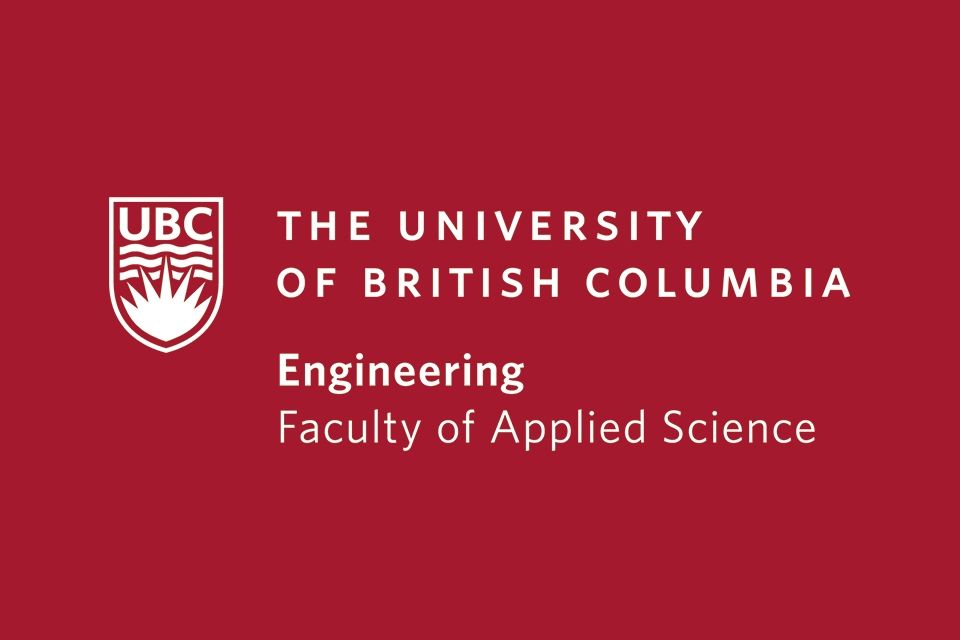"You’ll spend time in the machine shop using equipment like lathes, learn how to do engineering drawings, develop skills in computer-aided design through SolidWorks, and gain experience in the materials and electrical lab."
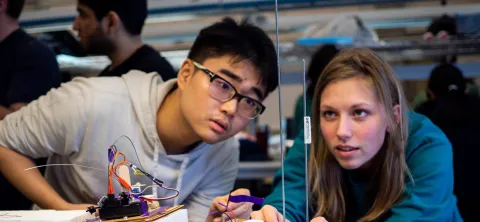
- Program:
Mechanical engineering is all about controlling energy and motion – whether that’s a car or a hip implant, an HVAC system that manages air flow in a building or a robot that builds machinery. It’s a broad discipline, which makes it an incredibly versatile choice for pursuing your specific interests and passions.
What is mechanical engineering?
Mechanical engineering is a field focused on designing, manufacturing and maintaining mechanical systems, which include everything from gears and levers to bearings and fluids.
Mechanical engineers are experts in movement who apply their knowledge of math and physics to control these mechanical systems through motion and force. When we think of movement, we often think of things like cars, planes, ships and rockets.
Mechanical engineers work on designing these kinds of products, but they are also interested in the movement of heat, energy and fluids.
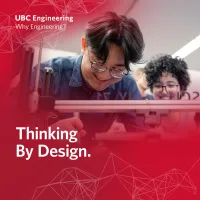
That’s why you’ll find mechanical engineers working in areas like building HVAC systems, where they design and control systems to manage heating and cooling, as well as air flow to keep building occupants safe and healthy. Mechanical engineers also work in renewable energy, designing and optimizing systems to harness the energy of the sun, wind or water and distribute it to end users.
What’s it like to study mechanical engineering at UBC?
At UBC, all engineering students complete a foundational first year, after which they apply to specific engineering programs. Students who opt for mechanical engineering at UBC Vancouver take Mech 2 in second year. This is an award-winning integrated curriculum where students complete five courses over the entire year as a cohort and where the focus is on the application of theory.
Foundation Year Mech Course Descriptions - UBCV
Mech Course Descriptions - UBCO
Mech 2 starts off with the four-week course MECH 220 that equips students with the hands-on skills to succeed in mechanical engineering.
You’ll spend time in the machine shop using equipment like lathes, learn how to do engineering drawings, develop skills in computer-aided design through SolidWorks, and gain experience in the materials and electrical lab.
At the end of the four weeks, students will have modelled and built an electronically controlled magnetic levitation device.
The remaining courses in second year cover fundamental concepts in mechanical engineering. Lectures are led by instructors with expertise in math, materials, electronics and mechanical engineering, and these courses are tightly integrated with labs and opportunities for hands-on learning through design projects.
Starting in third year, students choose one of six different program options, including a “flex” option that keeps the degree as broad as possible.
The other options include aerospace, biomechanics & medical devices, energy & environment, mechatronics, and naval architecture & marine engineering.
Mech Eng at Vancouver Mech Eng at Okanagan
Through coursework and labs, students learn how to solve problems, and how to apply their technical knowledge in one area to a completely different area. An emphasis on project work helps students learn how to be strong technical communicators and members of a team, which are very important skills for working in industry.

Story of Alum Polly Zhou Read about Robyn Ziong
Dr. Graham Hendra, a lecturer in mechanical engineering and the coordinator of Mech 2, has insightful advice for students trying to determine which program is best for them.
“Take a good look at the course titles for the fourth-year courses,” he says. “If the titles pique some interest for you, that’s a great sign that that program could be right for you.”
Interested?
Learn more about mechanical engineering and how it could be a great choice for you.
- Check out the Why Mech? section of our website
- Read about Mech 2
- It’s safe to say that every single engineering design team needs mechanical engineering students! There are lots of opportunities to get involved, whether you want to build robots or rockets or design biomedical devices
- Read profiles of current mechanical engineering students and alumni by filtering your search for “mechanical engineering.”

